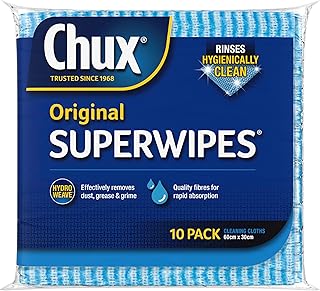If you’ve ever brewed kombucha, you’re familiar with the SCOBY, that peculiar biofilm floating atop the liquid. Despite its unappealing appearance, the SCOBY is a powerhouse of versatility. When nourished with sugar and tea or coffee, it proliferates rapidly, thanks to the nitrogen in caffeine that fuels microorganism growth. In particular, bacteria like komagataeibacter xylinus in the SCOBY can metabolize sugars to produce bacterial cellulose, a material with remarkable strength compared to cotton.
Exploring alternative textiles is crucial given the environmental toll of conventional clothing production. By scaling up the manufacturing of bacterial cellulose using everyday ingredients like sugar and tea, a sustainable textile could revolutionize the fashion industry. Researchers are already using this cellulose to craft items like wallets and painting canvases, showcasing its versatility and potential.
Cellulose derived from bacteria isn’t a recent discovery; it dates back to 1886, primarily finding applications in food and beverages. Kombucha, believed to originate in China, has been used for creating SCOBY to make gelatinous desserts. Recent studies have investigated using food waste to harvest this cellulose, highlighting its potential as a sustainable resource.
Despite its non-plant origin, bacterial cellulose closely resembles cotton cellulose, boasting purity, absorbency, and strength. This natural, biodegradable material offers a range of applications, from clothing to medical uses like gauze bandages due to its antibacterial properties. It can even replace leather in fashion items like clothing and accessories.
The textile industry’s significant environmental impact, from water usage in cotton farming to the oil dependency of synthetic fibers, underscores the need for sustainable alternatives. Bacterial cellulose presents a promising solution, potentially reducing waste and pollution associated with traditional textiles.
Precision fermentation, a technique gaining traction in producing foods and materials through microbial growth, poses challenges in scalability and efficiency, much like bacterial cellulose production. While this fiber could rival cotton, its scalability and durability compared to synthetic fibers remain under scrutiny.
Despite hurdles in large-scale production and water-intensive fermentation processes, researchers worldwide, including our team, are exploring diverse approaches to harness the potential of bacterial cellulose. If successful, a future where clothing originates from sugar and tea could revolutionize the fashion industry, offering a more sustainable and eco-friendly alternative to traditional textiles.
📰 Related Articles
- Sustainable Couture Revolution: Algae, Bamboo, Mycelium Transform Fashion Industry
- Pet Passion: Sustainable Dog Apparel by Fashion Industry Veteran
- Lara Intimates: Revolutionizing Sustainable, Size-Inclusive Lingerie Industry
- Fashion Industry Urged to Embrace Sustainable Practices for Future
- Evolved By Nature’s Sustainable Leather Campaign Reshapes Fashion Industry






